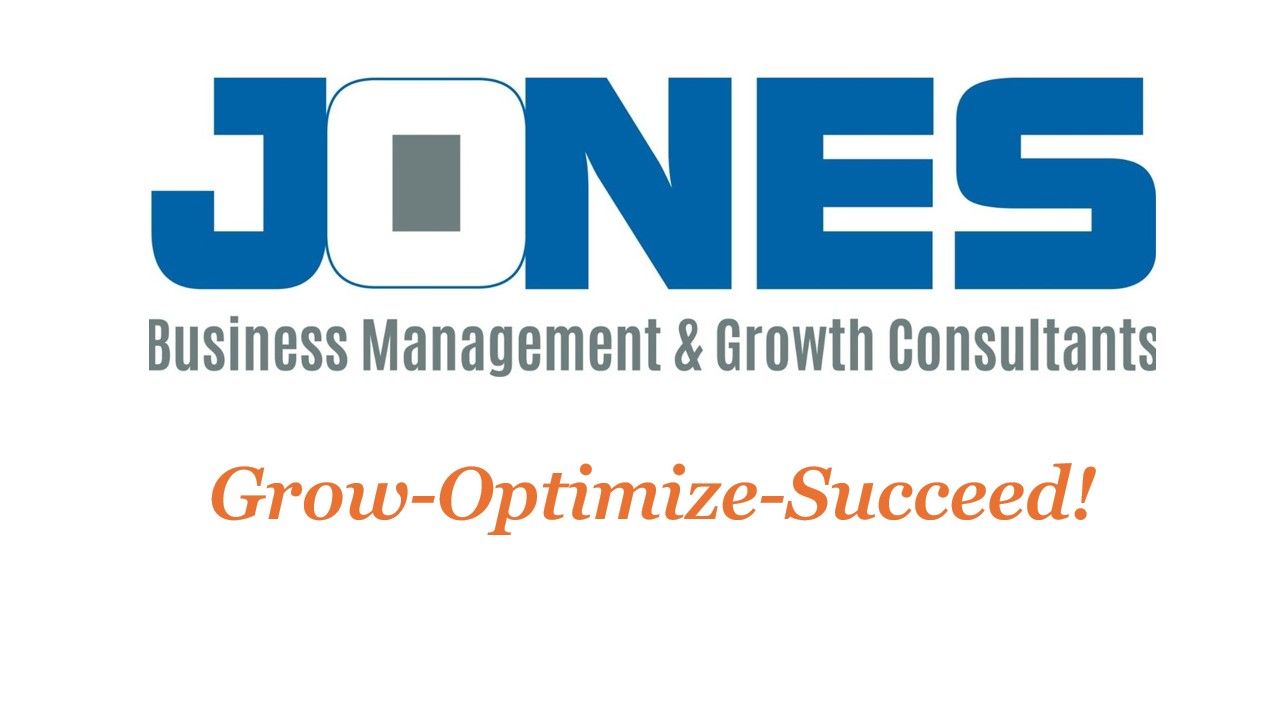The 3 Biggest Mistakes Landscapers Make in Marketing
Daniel Jones • September 13, 2025
And How To Avoid Them

Marketing a landscaping business can feel like throwing money into the wind. You boost a post, pay for some ads, maybe print some flyers, and hope the phone rings. Sometimes it does. More often, you’re left wondering what went wrong.
The truth is, most landscapers make the same three mistakes when it comes to marketing. Fixing these will save you time, money, and frustration—and get you closer to the steady stream of clients you’re looking for.
Mistake #1: Trying to Market to “Everyone”
One of the fastest ways to waste money is to market without focus. Too many landscapers cast a wide net and hope to catch anyone. The problem is, not everyone is your customer. If you’re trying to be the low-cost option and the premium service at the same time, you confuse people and attract the wrong ones.
The fix: Know exactly who you want to work with. Residential or commercial. Budget-focused or premium. Maintenance or design/build. When you narrow your focus, your marketing becomes sharper, your leads are better, and your jobs are more profitable.
Mistake #2: Talking About Yourself Instead of the Client
Go to most landscapers’ websites and you’ll see the same thing: “We’ve been in business X years. We’re family-owned. We do mowing, mulch, sod, installs.” None of that answers the client’s real question: What’s in it for me?
People don’t buy mowing. They buy free weekends. They don’t buy sod installation. They buy curb appeal that makes the neighbors jealous.
The fix: Stop leading with features. Lead with outcomes. Show before-and-after pictures, tell stories about how you solved a client’s problem, and write in terms of benefits instead of services.
Mistake #3: Not Tracking Results
If you can’t tell me which of your ads, posts, or flyers actually made the phone ring, you’re just guessing. Too many landscapers treat marketing like a gamble instead of a business decision.
The fix: Track every lead source. Use a separate phone number for flyers. Ask “How did you hear about us?” every time. Install tracking on your website and ads. When you know what works, you can double down. When you know what doesn’t, you stop wasting money.
Where to Go From Here
Marketing doesn’t have to be complicated, but it does need to be intentional. Focus on your ideal client, talk about benefits instead of features, and track what’s working. Do that, and you’ll start to see a return on your effort instead of frustration.
If you want to go deeper, I’ve put together a free guide that shows you how to build a marketing plan that actually works for landscapers. Inside, I also give you access to my Pricing Fix Sprint—a short training that shows you how to stop guessing at numbers and start quoting with confidence. From there, you can join our community of landscapers inside Skool, where we go beyond quick tips and help you build a business that grows without chaos.

Most landscapers track total sales, but sales alone do not tell you if you are winning or losing. You can have a record-breaking revenue month and still come up short on profit. The number that actually tells the truth is revenue per hour — how much your business earns for every production hour you work. Why Revenue per Hour Matters Every business only has so many production hours each week. Those hours are your inventory. When you fill them with low-profit jobs or inefficient routes, you waste your most valuable resource. Revenue per hour measures how efficiently you turn your crew’s time into money. It exposes what your “busy” really earns. What It Reveals Underpriced work : Jobs that seem fine on paper but drag down hourly return. Inefficient routes : Too much windshield time and not enough production. Wasted labor : Crews that take longer than the estimate or lack clear systems. Profit leaks : Jobs that look big in revenue but small in margin. When you track revenue per hour, you start spotting which jobs and services actually make sense — and which ones are quietly draining you. How to Calculate It Take your total revenue for a job, route, or week. Divide it by the total billable production hours your crew worked. The result is your Revenue per Production Hour (RPH) . Compare that to your break-even hourly rate — the amount you need to cover all labor burden, overhead, and profit. If your RPH is not comfortably above that number, the job is not profitable. How to Use It Drop or reprice the lowest RPH clients. Focus your marketing on the most profitable service types. Route for density so drive time does not eat production time. Reward crews that consistently hit higher RPH with efficiency bonuses. This is how smart landscapers grow. They do not just add more clients — they make each hour worth more. Your Next Step If you are ready to stop chasing revenue and start maximizing profit, learn how to track and raise your Revenue per Hour using real numbers. Inside my Pricing Fix Sprint , I teach landscapers how to calculate their break-even rate, identify profit leaks, and make every job count. 👉 Join the Pricing Fix Sprint here and start making every hour work harder for you.









